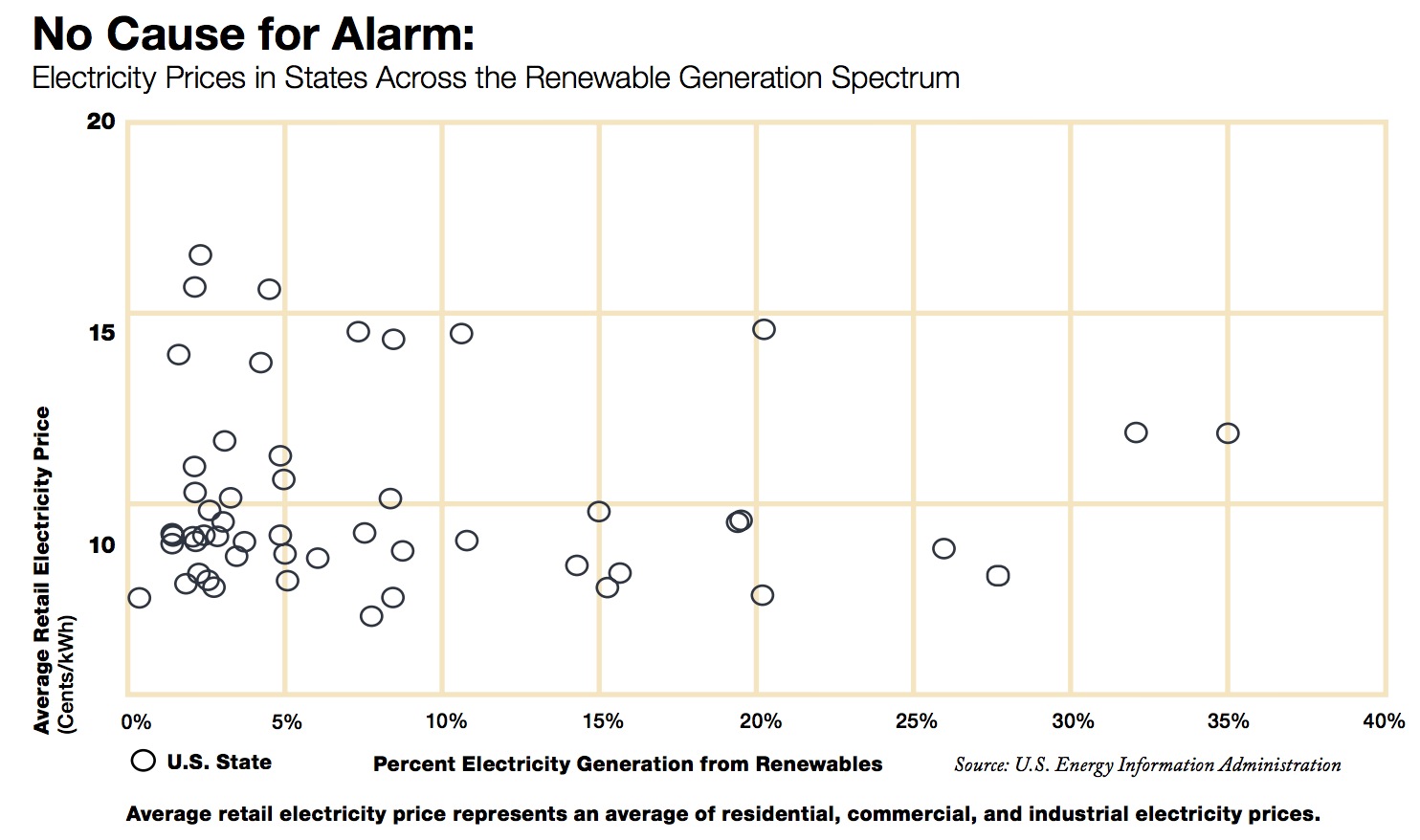
DOUBLE BOTTOM LINE VENTURE CAPITAL (DBL INVESTORS)
Has increased reliance on renewable energy in the United States meant expensive electricity in the United States? This question has pervaded debates on renewables and fossil fuels, and this paper sheds light on this critical issue, including a look at the top and bottom 10 renewable states… It reveals that states with the greatest share of electricity generation from renewable sources have often experienced average retail electricity prices that are cheaper than both the national average and also states with the smallest share of electricity generation from renewable sources.













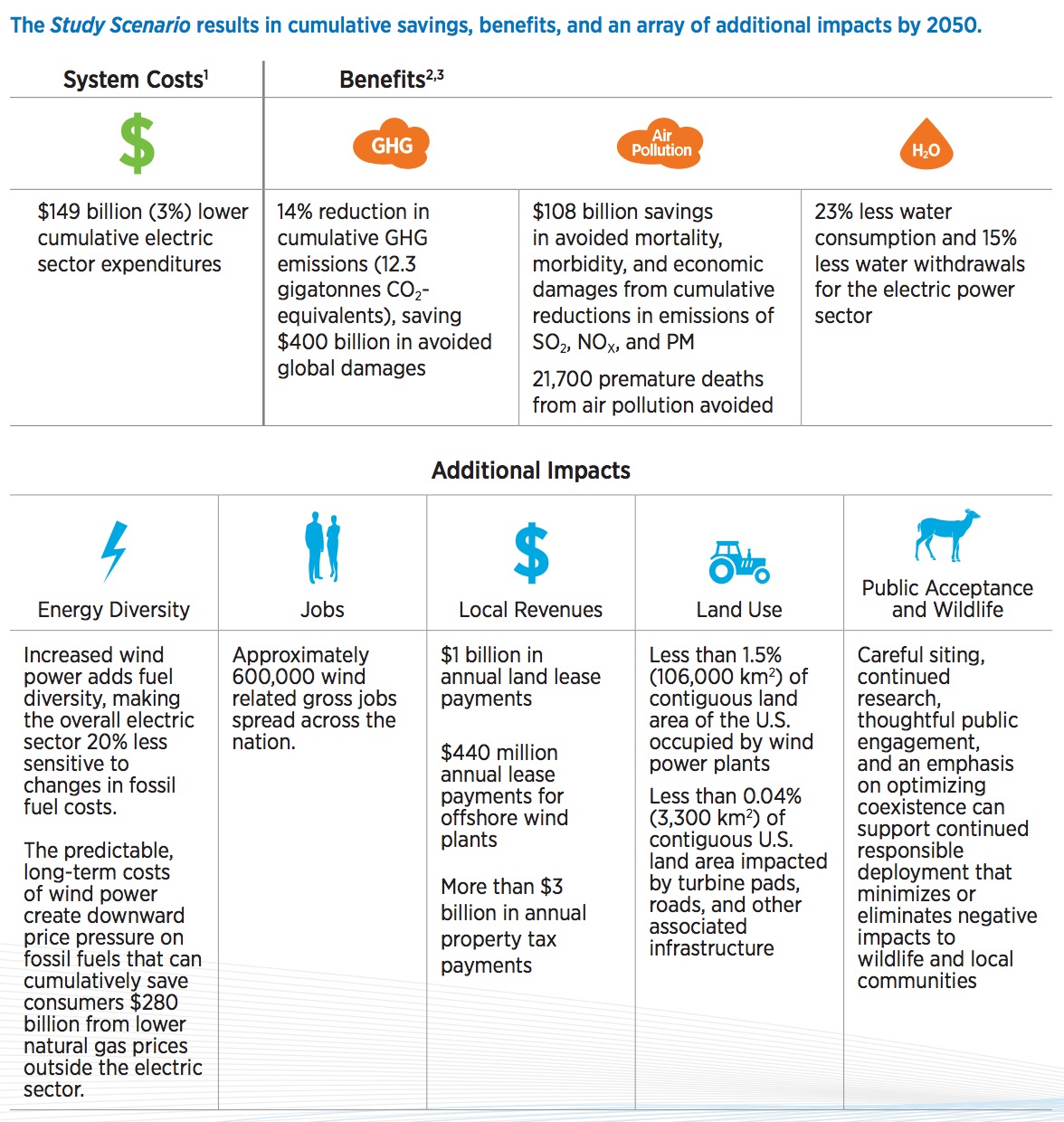

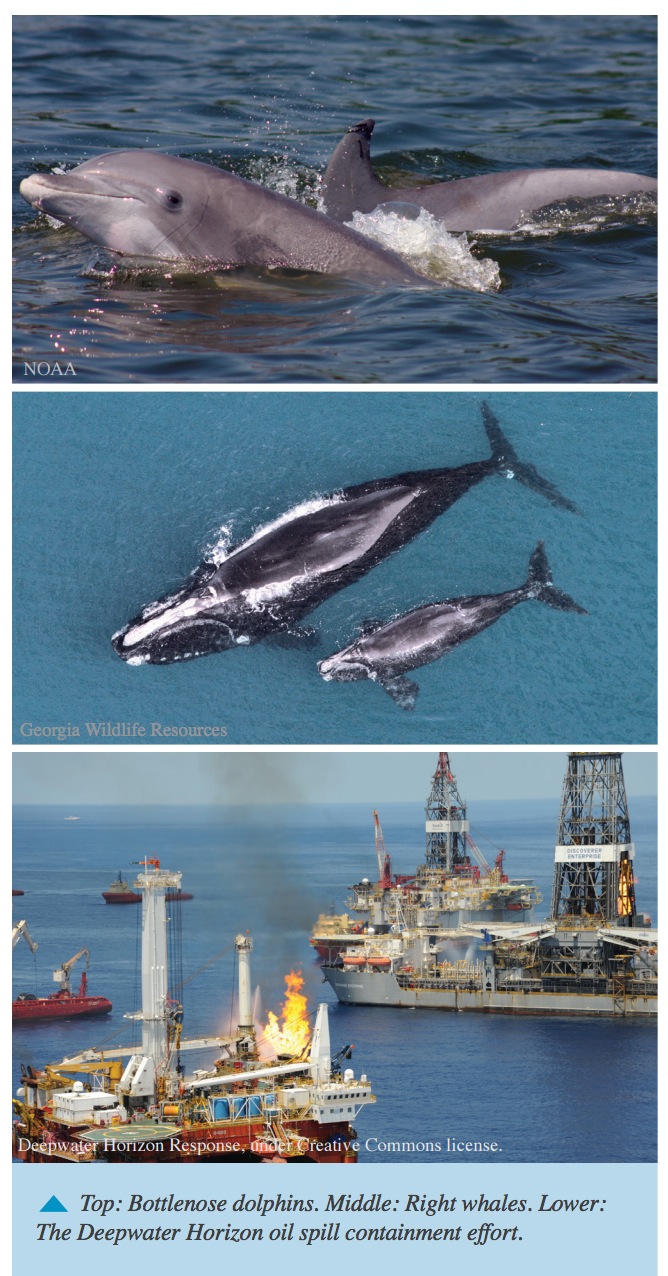
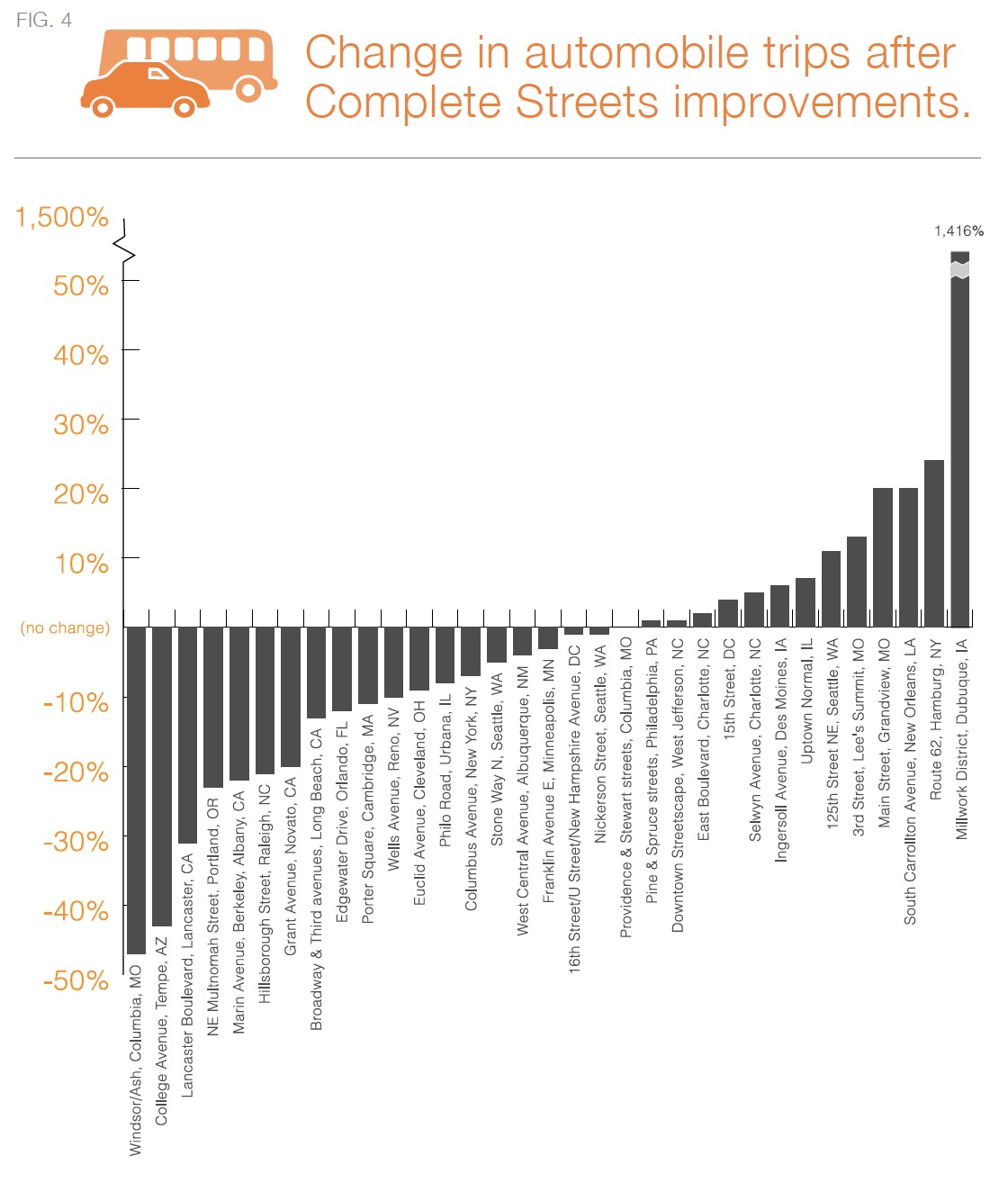
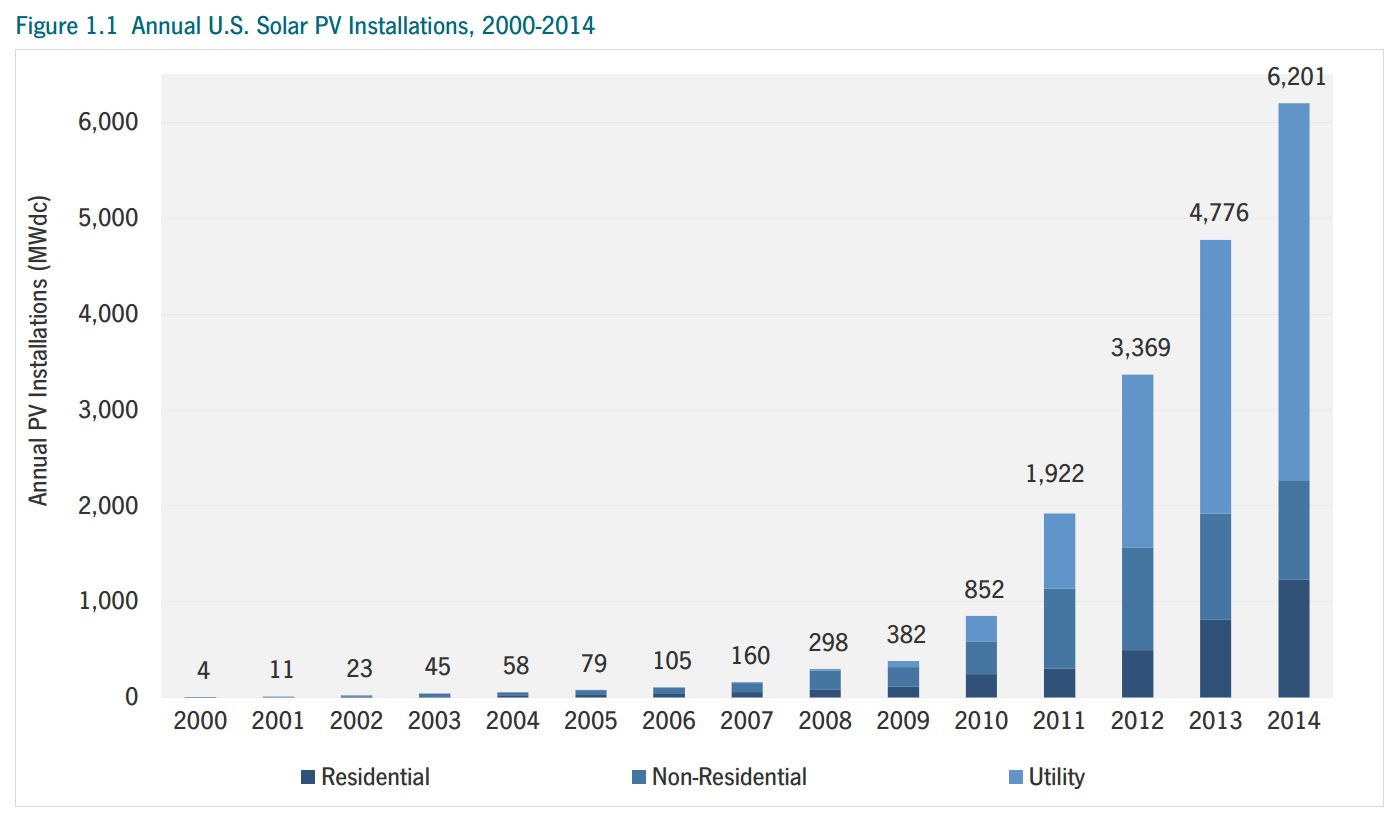



 RSS Feed
RSS Feed